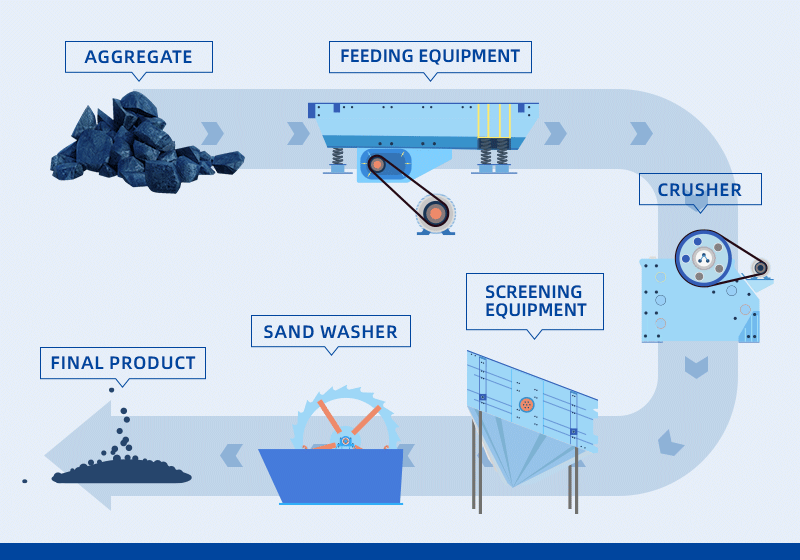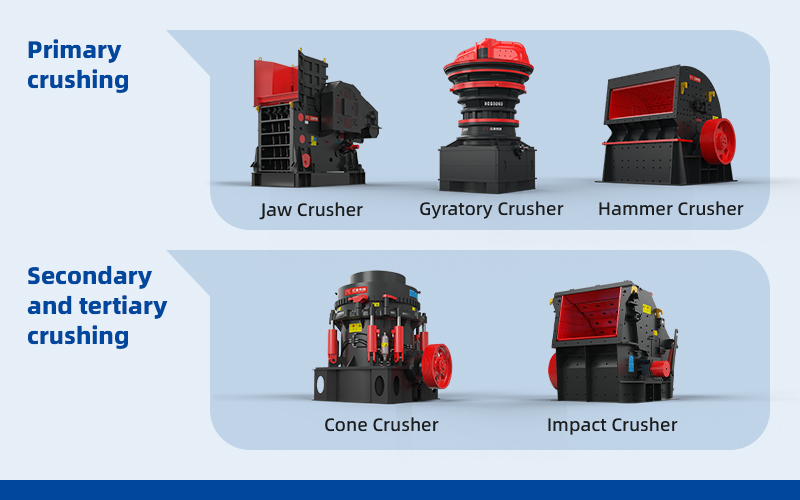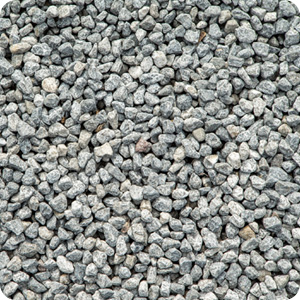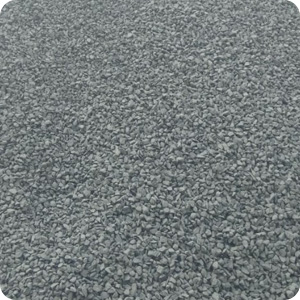Aggregates are granular inert materials including sand, gravel, crushed stone, etc. They are essential for producing asphalt, concrete, and cement in the construction industry, fueling the growth of aggregate processing plants.
The aggregate plants use crushers, screens, and sand washers for coarse and fine aggregates. Successfully setup requires considering the aggregate market, plant design, and necessary equipment.
FTM Machinery recommends starting with accurately identifying needs and following five key steps to build an aggregate plant.
Step 1: Select the aggregate material you want
Aggregate plants are always looking to sell their products to new and more profitable markets. Therefore, the first step in building an aggregate plant is to select the right type of aggregate and understand the market conditions.

The aggregate materials currently available on the market include natural aggregates and artificial aggregates. They are generally divided into four types:
- Gravel: The most commonly used coarse-grained primary aggregate, made from natural rock fragments from quarries, river beds, and the sea floor, is ideal for concrete and road construction.
- Sand: Fine primary aggregate, including natural sand and manufactured sand (M sand), widely used in construction and landscaping.
- Crushed stone: Made from crushed aggregates or recycled stone, available as MOT Type 1 (coarse crushed stone) and MOT Type 2 (fine crushed stone) for road construction. There are many aggregate crushing plants around the world.
- Concrete: A composite material often made of gravel and sand, used in essential construction purposes.
Selecting the right aggregate is crucial, as those suitable for fill material may not be appropriate for load-bearing applications due to variations in shape, texture, density, and moisture absorption capacity.
Many aggregate plants process different aggregates for different uses.
| Common Aggregate Raw Materials | Application Industries |
| Sand | Construction, glass, plastic |
| Gravel | Construction, road |
| Limestone | Construction, public works, glass, agriculture |
| Pebbles | Infrastructure, civil engineering, machinery, shipbuilding |
| Granite | Construction, road |
| Feldspar | Ceramics, glass, paint, adhesive industry, paint |
| Basalt | Road, construction, glass, ceramics |
| Dolomite | Fertilizer, ceramics, glass |
| Coal | Energy, electricity, fertilizer |
After selecting the appropriate type of aggregate material, the next step is to focus on designing the aggregate processing plant.
Step 2: Design for the aggregate plant
Proper processing of aggregates is important to maintain their desirable qualities. They are mined, crushed, cleaned, and separated into powder or lumps of different diameters. Each step's success relies on the preceding one.
For example, 60%–75% of concrete is made up of coarse and fine aggregates. If the aggregates are not of the right size and clean, the concrete will not achieve the required strength and will cause the structure to fail.
The aggregate plant can be designed as a fixed or mobile aggregate processing plant. The plant involves the following processes:

- 1Collecting the raw materials: Aggregates are extracted from quarries using excavators. Aggregates are sometimes also extracted from construction sites, such as recycled aggregates from demolished buildings.
- 2Crushing aggregate: The crusher machine performs primary, secondary, and tertiary crushing of bulk raw materials to reduce the material size.
- 3Screening: The crushed material passes through a series of screens to separate it into different sizes.
- 4Washing aggregate: Aggregates are washed to remove impurities to ensure the quality and durability of the final product.
Aggregate equipment is crucial in aggregate production. It determines whether your aggregate meets the standards of strength, durability, and safety, thus affecting your aggregate plant's profitability.
Step 3: Choose the suitable aggregate crusher
The mined aggregate is much larger than the final product, so crushers are used to break it down into smaller particles.
The aggregate crushing plant design should be tailored to different production requirements (raw material, capacity, and output size). Generally, the multi-stage crushing principle is adopted.

1. Primary crushing
The raw aggregate is first fed by a vibrating feeder and enters the primary crusher for coarse crushing, where it is reduced to a size of 10–350 mm.
The primary crusher can be a jaw crusher, a gyratory crusher, or a hammer crusher. A jaw crusher is generally used.
| Types | Features |
| Jaw Crusher | Capable of crushing hard rock with a feeder, handles feed sizes up to 1,200 mm and features a simple structure |
| Gyratory Crusher | No feeder needed; input size≤1,300 mm, output up to 1,4082 t/h |
| Hammer Crusher | One-time crushing of soft stones like limestone and sandstone, with output up to 3,000 t/h |
2. Secondary and tertiary crushing
The coarsely crushed materials are conveyed to secondary and tertiary crushers for medium and fine crushing. This process shapes the final particles to under 40 mm, separating them into more usable products.
The commonly used secondary and tertiary crushers include impact crushers and cone crushers. The cone crusher is more suitable for crushing hard rocks, such as granite, pebbles, basalt, and high-silicon limestone, with a hardness of more than 150Mpa.
The impact crusher is ideal for crushing soft stones and for final shaping to remove needle-shaped particles and internal cracks in crushing projects.
| Types | Features |
| Cone Crusher | Crushing hard rock, large capacity, high crushing ratio |
| Impact Crusher | Crushing soft rock, large output, good particle shape |
Step 4: Screening of aggregate
The crushed materials are sent to the aggregate screening plant. For vibrating screens, choose the largest screening size possible to ensure effective sorting and increased production.
FTM Machinery offers circular vibrating and linear screens for sorting coarse and fine aggregates in dry and wet conditions. Available in single, double, and triple layers, they ensure high efficiency with minimal clogging.
Aggregate screen sizes

Coarse aggregate cannot pass through a 4.75 mm sieve and ranges from 10 to 80 mm in size. Typically sourced from gravel and crushed stone, it is essential in road construction.

Fine aggregate can pass through a 4.75 mm sieve, but cannot pass through a 0.075 mm sieve. The smallest reaches 0.06 mm. Sourced from sand and crushed stone, it is essential in road construction.
Step 5: Washing of aggregate
Aggregate cleaning is to use a sand washer to remove impurities and dirt from aggregates. This step can help produce high-purity, dense, and hard aggregate products required by industries such as construction and roads.
A sand washing machine is often used after the crushing and screening process. Of course, you can also properly clean the aggregate before crushing, preventing pollutants from entering the crushers and reducing equipment wear.
| Types | Features |
| Wheel Sand Washer | There are two types: single-wheel and double-wheel. They occupy a small area, handle up to 350 t/h, and offer high sand washing efficiency |
| Spiral Sand Washer | Cleaner washing, high-quality finished product, but a large amount of fine sand loss |
The final aggregate product is stored in a designated stockpile by size and gradation, ready for construction use.
Follow these steps to turn raw materials into high-quality aggregates for various industries. FTM Machinery customizes aggregate production solutions and aggregate machinery to meet your needs.

